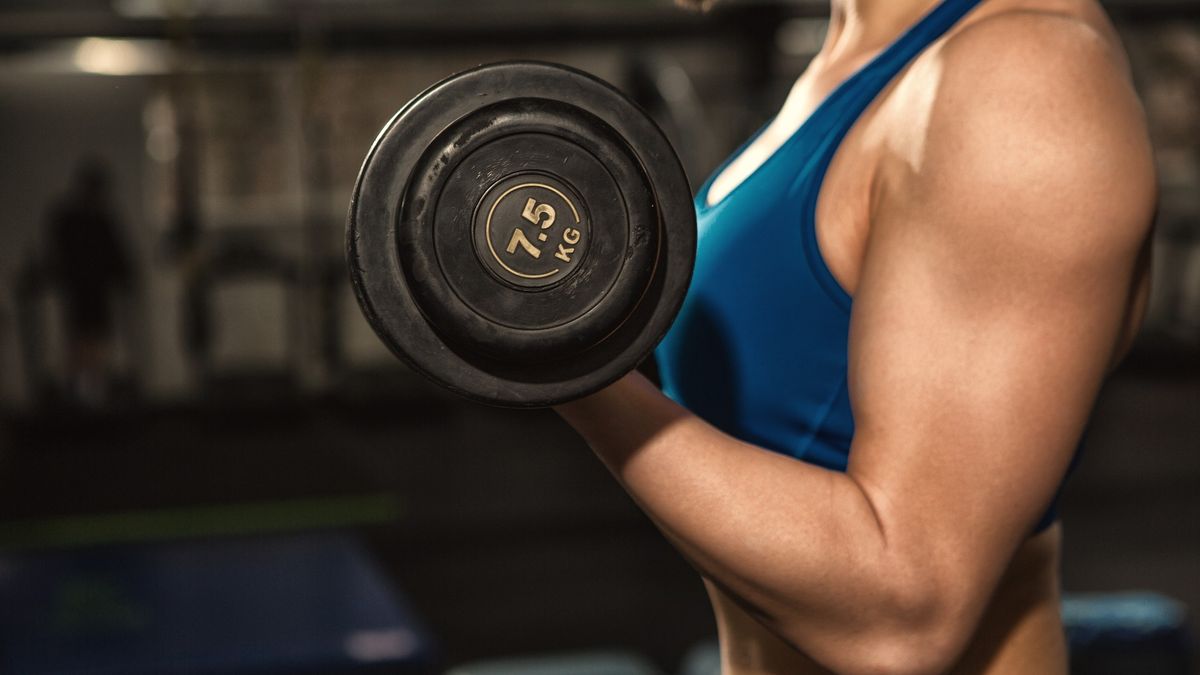Boost Bicep Bulk: Mastering Reverse Curls for Max Gains

Looking to sculpt and define your arms? Reverse curls are a top-tier arm exercise for building those biceps. This guide will give you the rundown on how reverse curls can enhance your strength routine, the muscles they target, and how to do them correctly.
Reverse Curls: A Strength Routine Game-Changer
Reverse curls are a variation of biceps curls designed to sculpt your arms. Instead of holding either a set of the best adjustable dumbbells, a barbell, or an EZ-curl bar with your palms facing you, the reverse curl requires you to turn your palms away from your body using a pronated grip. This action emphasizes your forearm muscles and helps build strength and muscle in your arms. It’s important to consider how the change in emphasis might impact your fitness goals and modify the bicep exercise accordingly.
Unpacking the Benefits of Reverse Curls
Reverse curls are often incorporated into resistance training programs as they effectively activate the biceps brachii, the brachialis, and build arm muscle overall. The unique pronated hand positioning works your forearms harder, specifically targeting and strengthening the brachioradialis muscle. This group of muscles contributes to the overall shape and definition of your arms.
Your forearms play a crucial role in facilitating upper limb and complex arm, wrist, and finger movements. Strengthening your wrist, forearm, and biceps can also contribute to a better grip during compound lifts like pull-ups, deadlifts, and the farmer’s walk. If you’re aiming to define your forearms and challenge your biceps, the reverse curl is a must-try exercise.
Performing Reverse Curls: A Step-By-Step Guide
Here are the simple steps to help you master the reverse curl technique:
- Stand with your feet hip or shoulder-width apart and engage your glutes and abs.
- Hold a set of dumbbells or a barbell in your hands, shoulder-width apart, using a pronated (overhand) grip.
- Slightly tuck your chin and look forward, maintaining a soft bend in your knees.
- Keep your shoulders pulled back and down, creating tension in your upper back.
- Bend your elbows and lift the weights toward your shoulders with control, avoiding back arching.
- Slowly lower the weights down to the starting position and repeat for reps.
It’s recommended to choose a weight that allows you to perform 6-12 reps with good form. If you’re following a traditional resistance program, aim for 3-4 sets and ensure the last few reps feel challenging to complete. Here’s a guide on how to do a biceps curl for reference.
Avoid These Common Mistakes with Reverse Curls
As with any exercise, it’s important to avoid common errors to get the most from your workout. Here are some to look out for:
Swinging weights
If you find yourself relying on momentum to lift the weights, you might be lifting too heavy. Swinging arms and poor control can be harmful to your joints and reduce the effectiveness of the exercise. Start with lighter weights and build up over time.
Flexing wrists
Aim for neutral wrists with no excessive strain when gripping your weights. Your arms should form a straight line from your hands to your elbows.
Flaring elbows
Flaring out your elbows can indicate poor form. Try reducing the weight and focus on maintaining correct movement patterns. Keep your upper arms still, elbows close to your ribcage, and control the weight lift.
Ready for a Challenge? Try These Reverse Curl Variations
Once you’ve mastered the basics, you can start to mix things up with these variations:
Dumbbell reverse curls: By using dumbbells, you can isolate each side of your body, ensuring your dominant side isn’t overcompensating. Hold a dumbbell in each hand or work one side at a time.
Barbell reverse curls: This option allows you to load higher weights (10-20kg) depending on your bar type. Overhand grip the barbell with hands shoulder-width apart, then lift toward your chest.
EZ-curl bar reverse curls: This type of bar reduces joint pressure by allowing angled hand positioning. A study found that EZ curl bars activate the biceps brachii and brachioradialis more during a curl than a dumbbell curl, and can be easier on the hands and joints.
Tempo curls: Slow down the exercise using a 3- or 4-second tempo as you lift and lower the weight. The added time under tension will increase muscle growth and intensity.
Challenge Yourself with a 5-Minute Reverse Curl EMOM
Ready for a challenge? Try this 5-minute reverse curl Every Minute On the Minute (EMOM) routine:
- Minute 1: 12-15 reps
- Minute 2: 10-12 reps
- Minute 3: 8-10 reps
- Minute 4: 6-8 reps
- Minute 5: Max reps or one-rep max
Remember to always lift within your capabilities, ensuring correct form and stopping if you experience any pain. Always consult a healthcare provider before starting a new exercise routine if you’re returning from injury, have pre-existing health conditions, or are pregnant.
—
Read More Health & Wellness News; US Lifestyle News



Leave a Comment